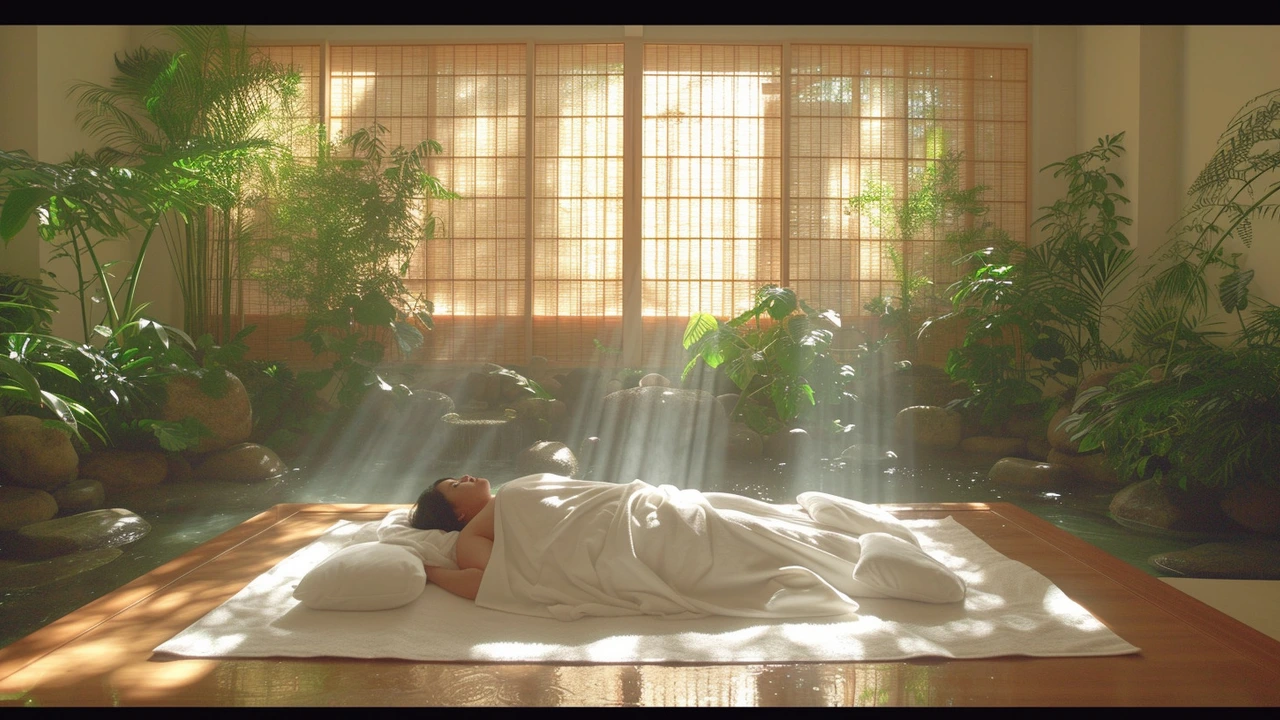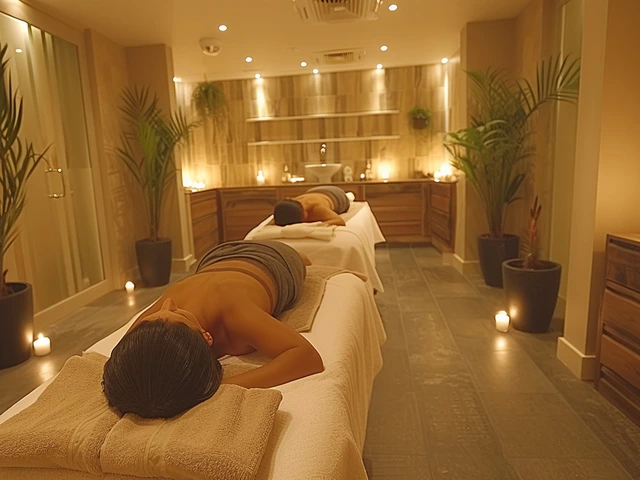Exotic Relaxation: Try Uncommon Ways to De-Stress
Not all relaxation comes from a quiet room and soft music. Some methods use ancient touch, sound, or modern tech to change how your body and mind unwind. If you’re bored with breathwork alone, this page points to real options—what they feel like, quick ways to test them, and what to ask a practitioner.
“Exotic” doesn’t mean risky. It just means less familiar: Ayurvedic massage, Maya abdominal therapy, Kahuna bodywork, Esalen-style work, Reiki, aromatherapy, biofeedback, and creative arts therapies. Each one has a clear aim—better sleep, less pain, clearer thinking, or deeper emotional release—so pick based on the result you want.
Fast techniques you can try today
Want a quick taste? Try these simple, low-cost steps before booking a session.
- Aromatherapy: Put 3 drops of lavender in a diffuser or on a handkerchief. Breathe slowly for 5 minutes. Lavender is the easiest oil to test for calm.
- Creative arts: Spend 10 minutes doodling or making a simple collage with magazine cutouts. No art skills needed—focus on the motion, not the outcome.
- DIY myofascial release: Use a foam roller or small ball for 2 minutes on tight spots (calves, upper back). Move slowly and stop if pain spikes.
- Basic biofeedback at home: Try a free HRV or breathing app that shows your heart-rate pattern. Match a slow 5–6 second breath in and out for 2–3 minutes and watch the pattern change.
Professional therapies worth booking
When you’re ready for deeper work, consider a short series of sessions rather than a one-off. Here’s what to expect and how to choose.
- Ayurvedic massage and Kahuna: These use oil, slow strokes, and bodywork to release tension. Sessions often last 60–90 minutes. Tell the therapist about allergies and any recent surgeries.
- Maya abdominal and visceral therapies: Focused on digestion, pelvic health, or fertility support. Gentle hands-on work can feel intense emotionally—ask about aftercare and breathing techniques.
- Reiki and polarity therapy: Energy-based and non-invasive. If you’re curious, book a 30–60 minute session and keep an open mind—many people report better sleep and less stress afterward.
- Biofeedback and neuromuscular approaches: Tech-driven biofeedback trains breathing and heart patterns; neuromuscular or myofascial release targets long-standing pain. Ask about the therapist’s training and expected timeline.
Before any booking, ask: what training do you have, how long are sessions, what can I expect to feel, and are there any risks? Start with one short session and see how your body reacts. Try one method for a few weeks—consistency shows results faster than sampling everything.
Pick one practice that fits your schedule and goal—better sleep, pain relief, or reduced anxiety—and try it for a month. Notice small shifts: sleep quality, less tension, clearer thinking. If it helps, build it into your routine. If not, try a different one; there’s no single right way to relax.

Ultimate Guide to Snake Massage: Embrace the Serpent's Touch
Hey folks, have you ever heard about snake massage? It's this wild, unconventional form of therapy where real live snakes slither over your body, supposedly working out the kinks and tension! At first, I was like, "Are you kidding me?" But as I delved deeper, it turns out there's a whole community out there swearing by this bizarre technique. So, I did what any curious soul would do; I tried it out to give you the lowdown on what it's like to let these slinky critters do their thing. Prepare to be amazed by my first-hand account and all the intriguing details you need to know about this fascinating practice.

Health Anxiety: When Worry Becomes a Disease
Nov, 2 2023



